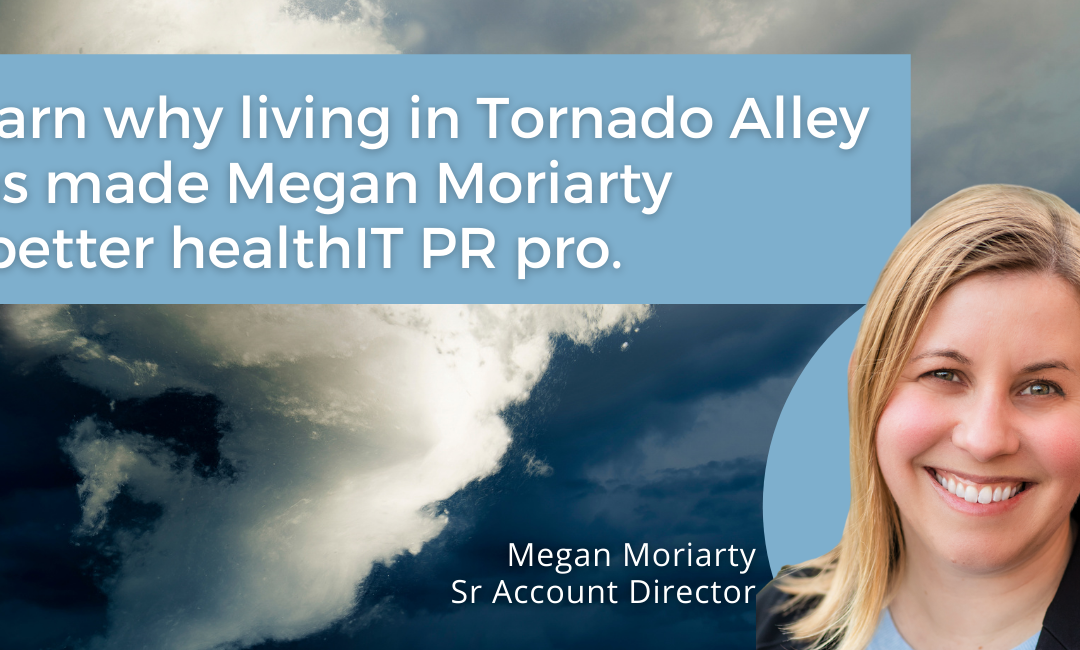
Know Your Audience: The Fine Line Between Technical Language And Jargon
One of the foundational PR rules that any communications professional learns is to avoid the use of jargon – the technical terminology or characteristic idiom of a special activity or group, as defined by Merriam-Webster. In my years working in PR for healthcare and health IT organizations, this has been a permanent item on my list of interview tips, and any media training I’ve conducted has included guidance to avoid the use of jargon.
When communicating to a general audience, this is sound guidance and standard practice. Jargon is unnecessarily complicated, can confuse your audience and cause your audience to lose interest. If your audience has tuned out because they don’t understand what you’re telling them, they won’t hear or read your message.
It may be tempting to include technical language to demonstrate proficiency and credibility with particular subject matter. This is an especially tricky trap for those of us who work in specialized areas like healthcare and health information technology. But there’s a fine line between using familiar terms and wading into the murky waters of jargon.
As with any marketing content, one size does not fit all. Public relations and marketing must be specific to your audience. Using technical language can demonstrate competency and help build credibility, if the audience can understand it. That’s why it’s crucial to do your homework, research your audience and their level of understanding.
Get to Know Your Audience
In a recent Amendola Communications blog post, my colleague Jack O’Brien reminded us that PR representatives should take time to do their research on the journalists and outlets that they’re pitching. Not only will this help you target your pitches to topics of interest, but it will also help you tailor your language to the journalist’s readers and the publication’s audience.
This is especially true for any media relations professionals who work in a specific industry, as we do at Amendola Communications. We work with a variety of reporters – from those who write for publications focused on a specific medial specialty, to trade reporters with a deep focus on health IT, to healthcare beat reporters at major national publications, to general assignment reporters at daily newspapers. The audience and level of understanding for each of these reporters and publications will be different, and so should each pitch. As you can see, one size definitely does not fit all.
Write in a Manner the Audience Will Understand
Once you’ve done your homework and you understand your audience, you should also delve into their level of familiarity and understanding of the topic you’re pitching. For example, if a publication targets physician executives, you can safely assume the audience will understand basic medical terminology because of their medical education. A physician discussing cardiovascular health can thus feel confident that the audience will understand the term “myocardial infarction.
However, if that same physician is instead speaking to the general public about heart health, it would be more appropriate to use the more colloquial and widely understood term “heart attack.” A good rule of thumb when pitching to and writing for a general audience is to avoid using language that your Aunt Sally wouldn’t understand.
Always Keep the Reader in Mind
I’ll offer some sage advice that one my college professors, Steve Kopcha, shared from his decades of experience in strategic communications: “Say it square, then say it with flair.”
It’s easy to get so caught up in figuring out how to “say it with flair” that we forget to first “say it square.” In the simplest terms that Aunt Sally would understand, how can you communicate what your client’s product or service does? What problem does it help to address? Why does this matter for the reader?
A former communications colleague of mine who had spent years as a local news reporter offered a helpful way to frame this concept. She would ask me how I’d explain something to my next-door neighbor, and why it would matter to them. When you find yourself struggling with whether to use technical language, ask yourself what it will mean to the person reading the article you’ve pitched. Will it help further their understanding, or does it muddle your message? Keeping the reader in mind will help you to walk that fine line between technical language that helps to inform and jargon that muddles your message.
